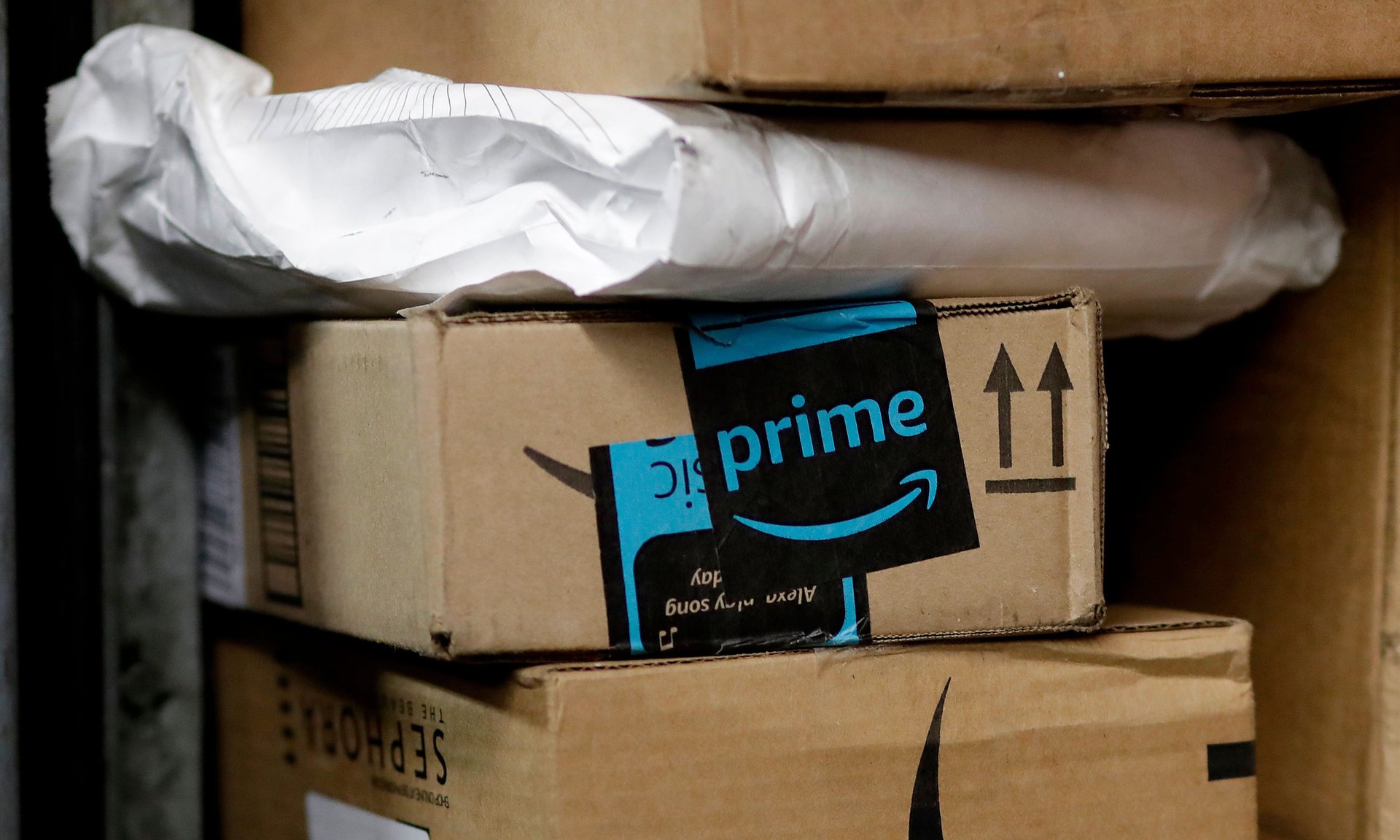How this year’s Amazon Prime Day in India is different from the last one
Running a sale on an e-commerce portal in India is tough. Given the massive demand, most such events experience website crashes and app failures.


Running a sale on an e-commerce portal in India is tough. Given the massive demand, most such events experience website crashes and app failures.
But that is not deterring Amazon from holding its flagship Prime Day sale in the country for the second year in a row.
For 36 hours starting noon on July 16, the Seattle-based firm will offer special discounts and fast-track delivery to its Prime subscribers who are growing at a faster pace in India than anywhere else in the world.
Quartz spoke to Akshay Sahi, head of Amazon Prime in India, about how this year’s event is different from the ones before, and how the firm is trying to use virtual reality (VR) to simplify shopping. Edited excerpts:
What was the response for the last Prime Day in India?
On Prime Day last year, we saw more members shop than on any other day before that. Each customer bought more than three times their usual shopping amount. And we also saw more people subscribing to Prime membership in the week leading up to Prime Day than any other week prior to that.
What are some of the learnings from last year that you’re applying this time round?
Last time, we got 30 brands to partner with us to launch products exclusively. We got a very positive response to these launches. So, this year, we have 10 times more launches planned with over 200 launches. For instance, Nestle is releasing a new line of cereals, Bosch is launching new microwaves, and Marks & Spencer has a new line of dresses being unveiled during the Prime Day event. Also, OnePlus is launching its red variant for the OnePlus 6, which is a really hot property. In addition, 18 startups are launching new products during the event.
You have set up VR pop-up stores across 11 malls in five cities for Prime Day. Why is that?
How do you discover 200-plus products that are not in the market yet? Last year, customers told us “we loved the stuff when we got it but we were wary while buying it since it was not something we’d ever seen.” So now with VR, people can see the products in their true form factor. They can see how a microwave is going to look on a countertop and how a dress looks on a model. You can see jewellery up close and observe it in great detail.
Is it an expensive affair to set up a VR store? Are they a one-off gimmick or are they here to stay?
We’re working very closely with an agency based out of Delhi to create the VR experience. The imaging was done in our studio called Blink, which is based in Gurgaon. It wasn’t a very expensive affair because we didn’t create a new technology. We leveraged available tech like Oculus Rift. We are really considering VR as a curtain-raiser for Prime Day. But if customers give us a positive feedback, we don’t see why we won’t invest in it.
How have you prepared for the likely spike in traffic and orders?
We’ve invested in infrastructure and technology over time which then gets you ready for such an event. We’ve already tested networks and built them over time. Case in point is that we have 67 fulfilment centres in India—15 were opened just last year. We partner with kirana stores to be able to deliver on time. We’re also working with entrepreneurs who build delivery networks in regions they know best.
Another cool thing we’re trying to do this year is to get the item to you as fast as possible. Products will be available to Prime members in four metro cities under two hours through the Prime Now app. This is our first foray into ultra-power delivery in India.
How will the Prime Day experience differ for existing users and new ones?
Every customer is different. We try to personalise the shopping experience to ensure you can find deals and selections you are looking for. For a new customer shopping on Prime Day, we won’t be able to personalise the experience as much, but we’ve created and curated amazing deals for all. Discovery may be a little tougher for new customers since there are thousands of deals. One thing to call out is that Prime is a membership programme so most people buying it are already Amazon customers in some capacity.
In what other ways are you promoting your Prime membership other than this annual event?
We’ve partnered with some telecom providers to include one year of Prime subscription with some of their high-end postpaid plans. We’ve also launched a monthly subscription that costs Rs129 per month. We also have an offer targeting the youth wherein Vodafone users aged between 18 and 24 can get a prime membership for half its cost.